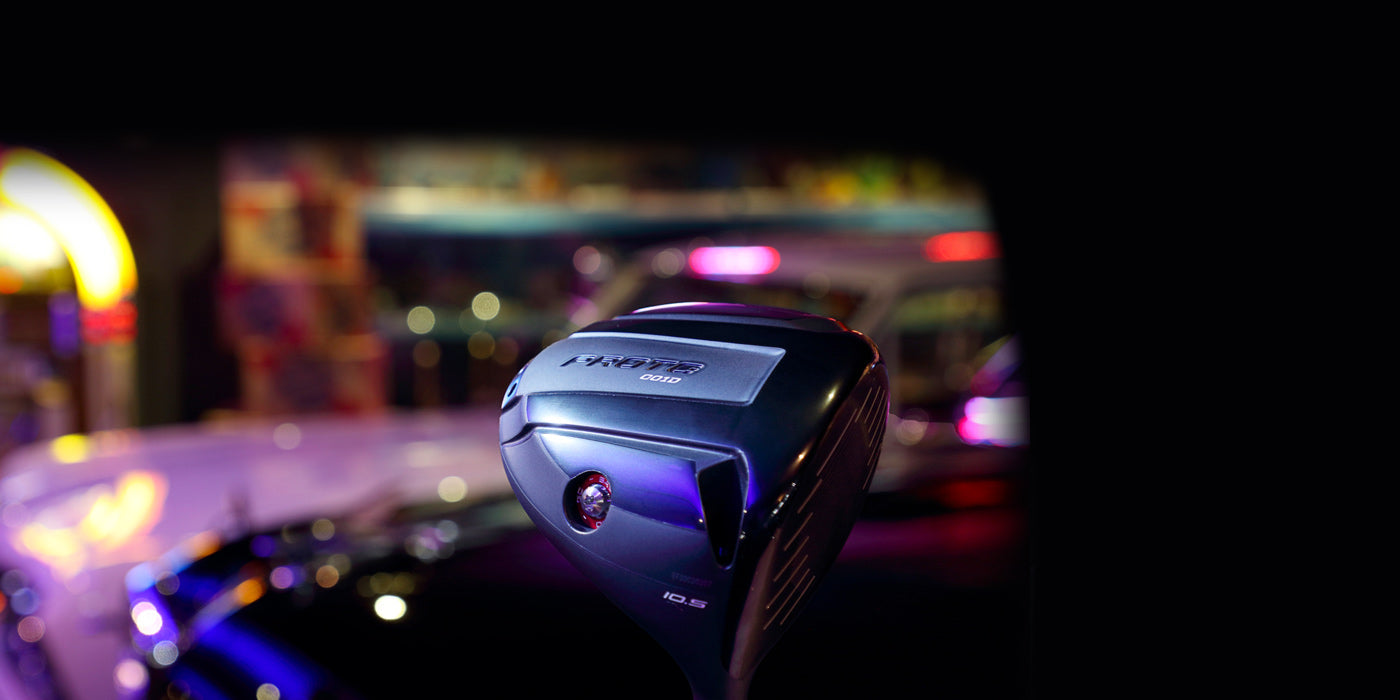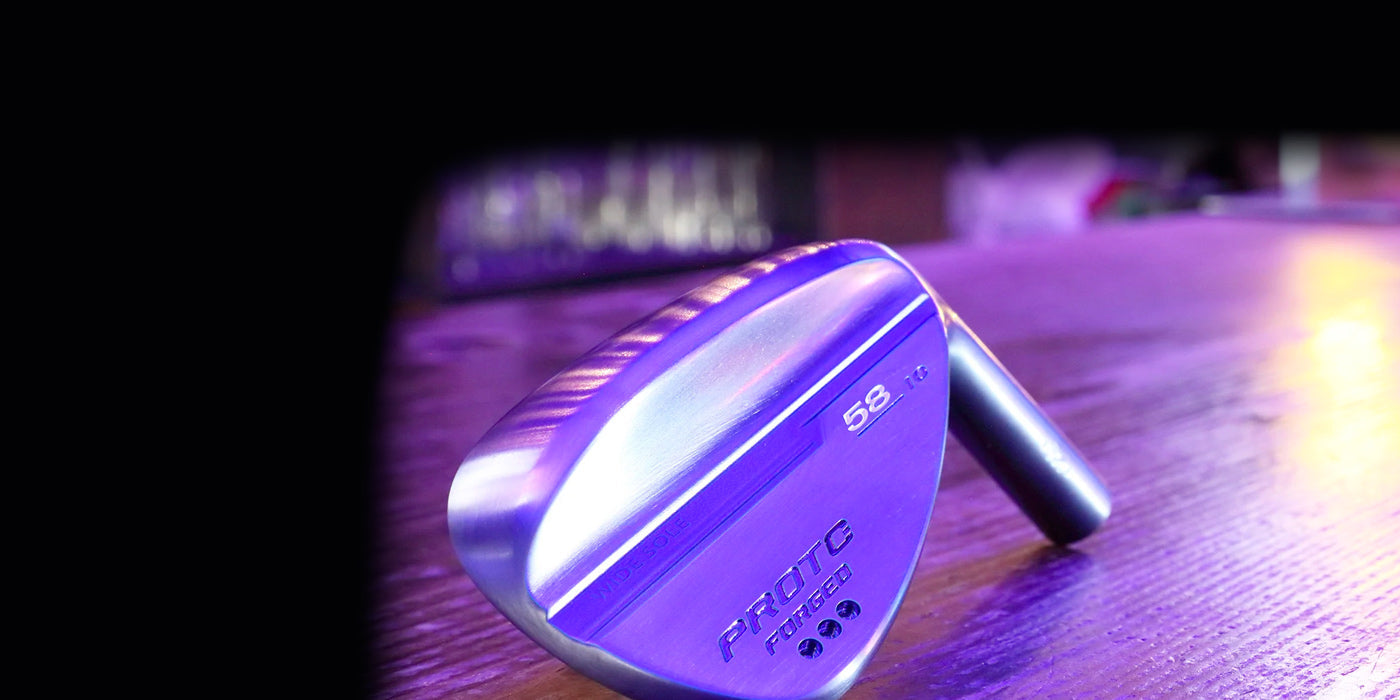
What are the functions that are truly essential for irons?

It has been several years since super distance-carrying 7-irons appeared in the market, where their loft angles are much trimmed than 30 degrees and stronger. Although these irons were initially seen as strange and unconventional, they are chosen by golfers who seek distance and becoming nearly mainstream.
The vast majority of irons sold at the moment are strong lofted 7-iron models with lofts less than 30 degrees. The once popular soft-iron forged split-cavity models, for example, have become a much less popular choice.
Following various developments in incorporating different materials and structures, today’s irons that carry distances are no longer simply irons with lofts. Rather, they are highly functional, featuring high trajectory, little bending and marking amazing distance. It’s understandable they have gained popularity.

However, they do not come without setbacks. These distance-carrying irons may more often than not negatively impact your game in reality.
Their loft angle pitch is often cited to cause issues. Given the loft angle of the 7-iron is unnaturally designed, the loft angles of the irons above it are less and thereby forcing loft differences between the irons likewise less. Consequently, the 4, 5 and 6-irons tend to generate low ball flights or line drives, and make it difficult to hit a solid distance difference of more than 10 yards between the different numbered irons.
Short irons, on the contrary, tend to see increases in the difference in distance between different irons. As a result, there are some higher numbered iron models that cannot carry sufficient distance difference and lower numbered iron models that provide distance difference of almost 20 yds. This working to become a considerable disadvantage when planning your golf game is not difficult to imagine.
In addition, some models do not provide enough spin in exchange for focusing on carrying distance. They give height but with considerably less spin. Stopping with height, not spin, seems right at first, and the ball will actually stop on many greens. However, spinless iron shots have a significant downside in terms of ball control. This is because having spin means possessing control of the ball.

Meanwhile, you may be a bit hesitant to switch now from the modern irons that provide distance and forgiveness to old-fashioned irons that are difficult to master. This is why PROTOCONCEPT has developed four iron models that are easy for amateur players to use, provide great maneuverability and demonstrate appropriate distance differences between them.
PROTOCONCEPT irons are designed with well-balanced head shapes that allow you to visualize where your shots will go before you hit. They deliver great hitting feel and sound while letting you feel the ball being carried. What results are beautiful trajectories achieved from appropriate height and spin.
The irons incorporate multiple state-of-the-art manufacturing techniques to achieve these features. PROTOCONCEPT irons pursue the features that irons were initially intended to provide, which is to be able to hit with the same feel across different irons, provide appropriate distance difference, deliver ball control, and give a feel of distance to the pin.
The result: Even the most difficultly positioned muscleback, the C01, is made of soft iron forged with pure titanium (patented manufacturing method) and forgiveness through peripheral weight distribution. And the C07 irons with the most forgiveness offer a high degree of control, comfortable hitting feel and a head shape that makes it easy to visualize your shot. All four models do not compromise control, the most essential feature for irons.
The C07 (7-iron) has the most loft angle at 31 degrees. You will feel distance despite its loft angle. In addition to the head’s function, the iron lets you naturally achieve distance and good trajectory because it is designed to provide ease in hitting with good predictability.

Golfers require many elements from irons, including distance, forgiveness, height and feel. Regardless, many of today’s irons that focused on carrying distance too much seem to have lost sight of the most important function of the iron.
For irons, the most essential function is control of the trajectory and the ability to hit the ball at the right distances, that is, to stop the ball pin-high. The PROTOCONCEPT irons are the result of all the technologies put together to fulfill this.
PROTOCONCEPT Brand Producer
Yasufumi Kawasaki





